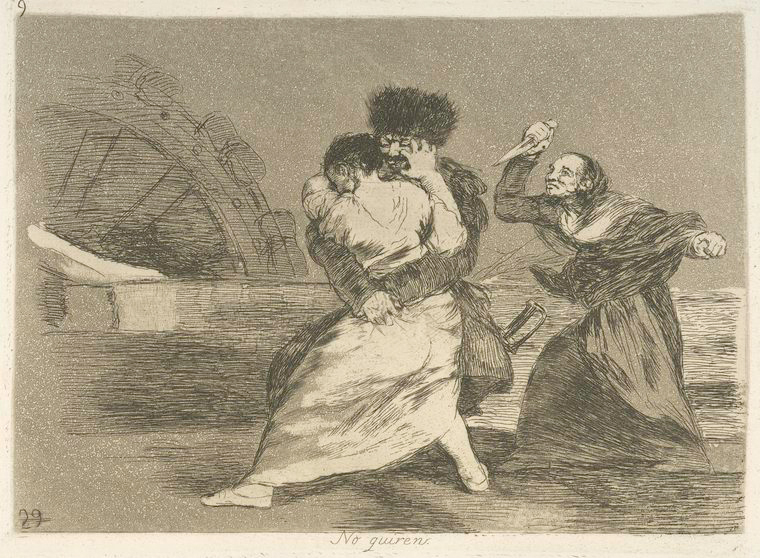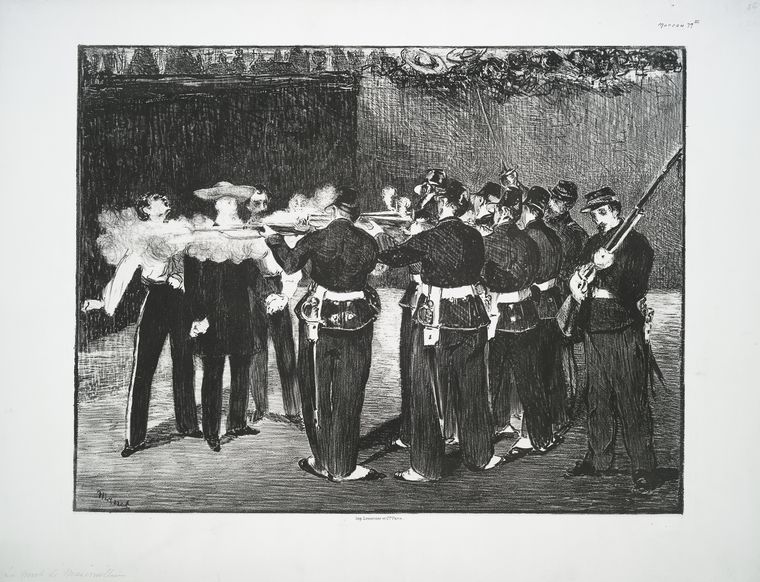By Michael A. Vidalis
Architecture as an art is required to be original, or at least it should strive to be. In the pragmatics of architectural practice though, one realizes that a host of conditions or determinants often interfere or intervene, so the resulting project is a far cry from it. Let alone that so called signature projects are equally unattainable for most designers.
It is rather uncontested, that a work of architecture in order to stand apart requires the simultaneous existence of two conditions: a gifted designer, as well as, a receptive or visionary client. It is very rare for excellence to be achieved otherwise. One of course can analyze this ad nauseam, thinking of all possible variations or sub conditions, but of no avail.
On occasion an architect has been successful in steering a client towards his philosophy, or convincing him of the merits of his ideas, but this is an entirely different subject, opening Pandora's Box. It is the debate having to do with the role of the architect, or his "obligation" to steer the uncultured masses... See Adolf Loos' "The Poor Little Man" and the notion of Gesamtkunstwerk.
Interpersonal relationships are indeed rather complex. The architect-client relationship is deemed pivotal to the success of a project. Historically, patrons of the arts and architecture such as the Medici family in the Renaissance were instrumental in the creation of great works of art. To a lesser extent, men of great vision are still found today, providing the much needed impetus to grand or original works.
It is often expressed by architects that a limited budget presents an impediment to creativity or their uninhibited artistic expression. To see how erroneous this view is, we need only bring to mind acknowledged architectural marvels that were accomplished with limited means, such as the little Schullin Jewelry store in Vienna, a project that was identified with the post-modern movement (Hans Hollein, architect, 1982). Or plenty of contemporary projects in the L.A. area, by architects employing humble materials in the elevations of the structure (For instance, see the Container House by Peter Demaria - 2006, the M House by Xten architects - 2004, or the Schmalix residence by Fung + Blatt architects - 2000).
 Another objection raised has to do with the limited time allowed to design or construct the project. What about though fast-track design or fast-track construction? Lastly, an additional objection by architects has to do with the limitations presented by building codes. Again, being forced by limitations or constraints one has to reshape, reinterpret, reinvent or rethink the problem or its parameters at hand, thus presenting an opportunity for the new to surface.
Another objection raised has to do with the limited time allowed to design or construct the project. What about though fast-track design or fast-track construction? Lastly, an additional objection by architects has to do with the limitations presented by building codes. Again, being forced by limitations or constraints one has to reshape, reinterpret, reinvent or rethink the problem or its parameters at hand, thus presenting an opportunity for the new to surface.
The list of architects that have achieved excellence in original artistic expression is long: Sant' Elia, Frank Lloyd Wright, Le Corbusier, Mies van der Rohe, Philip Johnson, Robert Venturi, Tadao Ando, Zaha Hadid, Saana...
Analyzing the work of the above, or that of other architects - acknowledged leaders of a fresh approach in the 'arts' - pioneers in their own right (not only in the mind of critics but by general acclaim), we may try to analyze the underlying common factors, if any. How did these men develop, why did they stand out, and how did they contribute to a valid architectural discourse? How did they leave their indelible mark? How did the avant-garde come about?
Some support that uniqueness is the reward, the eventual fruition of many years of plain hard work and insistence, questionable though as far as architecture is concerned, or for the arts as a whole as we shall later see (isn't the invalidity of this reasoning apparent when we attempt to justify the artistic success of many young or 'inexperienced' creators? As an example, one of the most monumental edifices ever built, La Grande Arche de la Defense (1982- 1989), in Paris, was the result of an international architectural competition with 400 entries from 40 countries. Winner, an unknown Danish architect, Otto von Spreckelsen, whose only experience was limited to designing his own home and two churches in his country! Or, the enigmatic house Venturi designed for his mother, Chestnut Hill, Pennsylvania (1962), his second built work).
It is deemed necessary to refer to Professor Pavlos Mylonas. During his reception at the Academy of Athens and awarding of Membership, Mylonas said: "...in the most creative 20th Century, the Greek architectural family has treaded a path just parallel to the Modern Movement, as happens with most other not large [small] countries. Worth mentioning not because remarkable Greek designs have not entered the International Pantheon, but because - the subject tonight being Theory - since the days of the late Greek architectural aesthetician Panayotis Mihelis, basically no noteworthy Greek contribution has been made to contemporary international architectural thinking. And this, perhaps due to the fact that in our country the presuppositions were not in place timely, that could lead to the realization of an innovation ["modernism"]". (1.)
 |
| Shizuoka Press & Broadcasting Center by Kenzo Tange. Photograph by Jonathan Savoie |
Architecture as an art is required to be original, or at least it should strive to be. In the pragmatics of architectural practice though, one realizes that a host of conditions or determinants often interfere or intervene, so the resulting project is a far cry from it. Let alone that so called signature projects are equally unattainable for most designers.
It is rather uncontested, that a work of architecture in order to stand apart requires the simultaneous existence of two conditions: a gifted designer, as well as, a receptive or visionary client. It is very rare for excellence to be achieved otherwise. One of course can analyze this ad nauseam, thinking of all possible variations or sub conditions, but of no avail.
On occasion an architect has been successful in steering a client towards his philosophy, or convincing him of the merits of his ideas, but this is an entirely different subject, opening Pandora's Box. It is the debate having to do with the role of the architect, or his "obligation" to steer the uncultured masses... See Adolf Loos' "The Poor Little Man" and the notion of Gesamtkunstwerk.
Interpersonal relationships are indeed rather complex. The architect-client relationship is deemed pivotal to the success of a project. Historically, patrons of the arts and architecture such as the Medici family in the Renaissance were instrumental in the creation of great works of art. To a lesser extent, men of great vision are still found today, providing the much needed impetus to grand or original works.
It is often expressed by architects that a limited budget presents an impediment to creativity or their uninhibited artistic expression. To see how erroneous this view is, we need only bring to mind acknowledged architectural marvels that were accomplished with limited means, such as the little Schullin Jewelry store in Vienna, a project that was identified with the post-modern movement (Hans Hollein, architect, 1982). Or plenty of contemporary projects in the L.A. area, by architects employing humble materials in the elevations of the structure (For instance, see the Container House by Peter Demaria - 2006, the M House by Xten architects - 2004, or the Schmalix residence by Fung + Blatt architects - 2000).
 Another objection raised has to do with the limited time allowed to design or construct the project. What about though fast-track design or fast-track construction? Lastly, an additional objection by architects has to do with the limitations presented by building codes. Again, being forced by limitations or constraints one has to reshape, reinterpret, reinvent or rethink the problem or its parameters at hand, thus presenting an opportunity for the new to surface.
Another objection raised has to do with the limited time allowed to design or construct the project. What about though fast-track design or fast-track construction? Lastly, an additional objection by architects has to do with the limitations presented by building codes. Again, being forced by limitations or constraints one has to reshape, reinterpret, reinvent or rethink the problem or its parameters at hand, thus presenting an opportunity for the new to surface. The list of architects that have achieved excellence in original artistic expression is long: Sant' Elia, Frank Lloyd Wright, Le Corbusier, Mies van der Rohe, Philip Johnson, Robert Venturi, Tadao Ando, Zaha Hadid, Saana...
Analyzing the work of the above, or that of other architects - acknowledged leaders of a fresh approach in the 'arts' - pioneers in their own right (not only in the mind of critics but by general acclaim), we may try to analyze the underlying common factors, if any. How did these men develop, why did they stand out, and how did they contribute to a valid architectural discourse? How did they leave their indelible mark? How did the avant-garde come about?
Some support that uniqueness is the reward, the eventual fruition of many years of plain hard work and insistence, questionable though as far as architecture is concerned, or for the arts as a whole as we shall later see (isn't the invalidity of this reasoning apparent when we attempt to justify the artistic success of many young or 'inexperienced' creators? As an example, one of the most monumental edifices ever built, La Grande Arche de la Defense (1982- 1989), in Paris, was the result of an international architectural competition with 400 entries from 40 countries. Winner, an unknown Danish architect, Otto von Spreckelsen, whose only experience was limited to designing his own home and two churches in his country! Or, the enigmatic house Venturi designed for his mother, Chestnut Hill, Pennsylvania (1962), his second built work).
It is deemed necessary to refer to Professor Pavlos Mylonas. During his reception at the Academy of Athens and awarding of Membership, Mylonas said: "...in the most creative 20th Century, the Greek architectural family has treaded a path just parallel to the Modern Movement, as happens with most other not large [small] countries. Worth mentioning not because remarkable Greek designs have not entered the International Pantheon, but because - the subject tonight being Theory - since the days of the late Greek architectural aesthetician Panayotis Mihelis, basically no noteworthy Greek contribution has been made to contemporary international architectural thinking. And this, perhaps due to the fact that in our country the presuppositions were not in place timely, that could lead to the realization of an innovation ["modernism"]". (1.)











.png)




